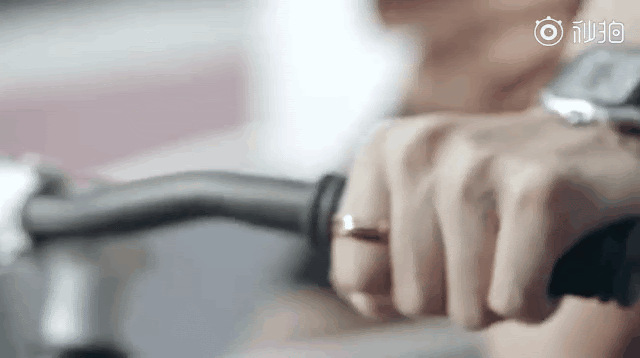Held on August 25 this year, Qixi Festival, the Chinese Valentine’s Day, is perfect for brands to focus on curating gift guides or releasing special edition themed items.
The origin of this annual event is an ancient tale between two forbidden lovers — read more about it in our previous post — and is sometimes referred to as the Double Seventh Festival since it falls on the 7th day of the 7th Chinese lunar month. Most importantly, this day has grown in popularity for fashion and jewelry brands to target their promotions.
Similar to the famous Single’s Day — which raked in USD $38 billion last year — brands are leveraging the Qixi Festival as a sales opportunity.
Jewelry is becoming more sought-after for Chinese customers. China generates $5.8 billion of the global luxury jewelry market revenue and is also a major consumer of precious materials, such as gold and diamond. Men’s jewelry has also increased in popularity in Asia with millennials driving most of the sales in quality pieces as well as statement fashion accessories.
With this in mind, Cartier released a video campaign that followed three different romantic relationships with the caption, “Trinity rings, witnessing all sorts of love and emotions in the world”, to promote a Cartier classic, the Trinity ring, that has three gold bands symbolically intertwined together.
Conflicting with Cartier’s message, Chinese e-commerce site Tmall included captions that described the two men as father and son, and a female couple as friends, much to the disappointment of many online users and the LGBTQ community.
Although they acknowledged that Cartier made an effort to showcase diverse relationships, the confusion surrounding the campaign may have hindered Cartier’s message and directed the conversation elsewhere.
Another brand that has dipped their toes into this holiday is Burberry, as they continue to appeal to China’s young money. Their Qixi Festival gift guides for both men and women are a relatively tame approach to the holiday, featuring playful patterns and a festive colour scheme, and are front and centre on their Mainland China and Hong Kong websites.
Beyond that, Burberry is on a hot streak of meeting Chinese millennial and Gen Z’s expectations having recently unveiled their first social retail store in Shenzhen. This immersive, experiential store unveiled two new bags for the Festival through WeChat.
Finally, earlier this month, Balenciaga released a limited edition design of their Hourglass Handbag with the Chinese characters “He Loves Me” in a Graffiti-style script. Within a few days, the hashtag #BalenciagaChineseValentineCampaignTasteless had more than 210,000 discussions and 170 million views on Weibo.
Some users commented that the oversized phrase on an otherwise classy silhouette was tacky and “simply ugly” as Balenciaga ultimately failed to tap into what customers were looking for this Valentine’s Day.
The real challenge is creating a collection and then advertising it in a way that appeals to younger generations and China’s social landscape — all while preserving the brand’s timeless luxury.
Whether brands hit the mark or not, the Qixi Festival is proving to be a valuable enough opportunity for them to target Chinese consumers.



